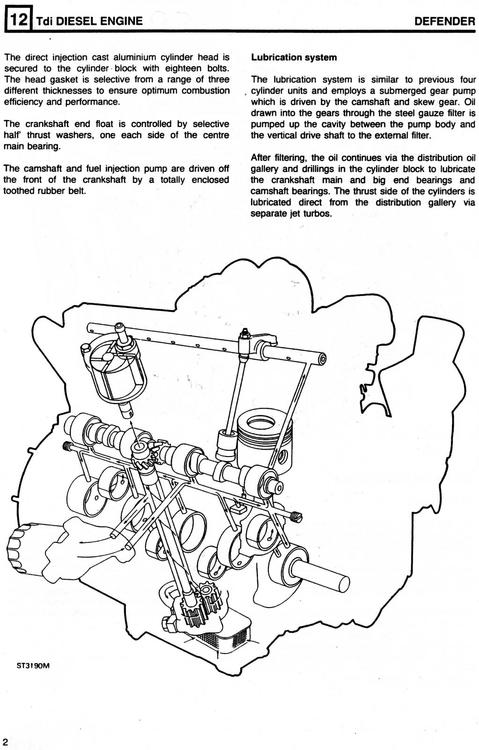Guys, first of all I greatly appreciate you taking the time to think about this because I'm obviously not going to work it out myself.

Thank you!
I've tried different 'brands' of aftermarket oil return pipes, but non of them fitted well. When the nut on the block is tightened down, pulling that fitting square and then the flange on the turbo CHRA is bolted down, pulling that fitting square, the pipe developed a kink. Presumably enough to restrict the flow? I've now got the new (25 year old) genuine LR return pipe.
I thought I'd do the calculations because I know area can increase/decrease by a surprising amount when shape dimension vary a little. Even though I'm now using the genuine pipe I thought it might help to look at dimensions to try and get an idea of the effect of a small restriction. For example if there is an unnoticeable deformation of the return pipe by 1mm, so at one point in the pipe the ID is down to 11.5mm instead of 12.5mm, that reduces the cross sectional area by 16%.

If the flow through the return doesn't have much extra capacity designed in, then this might make all the difference?
A restriction in the oil return seems to be the cause of this problem, according to YouTube videos created by Turbo servicing companies. When the oil goes down that pipe it just drops in to the sump. I can't see there being any other cause of a restriction other than the pipe?

I don't know if the oil pressure relief valve sticking would affect the return oil dropping out of the end of the return pipe? When I took the sump off the last time to take the pistons out, I took the relief valve out for a look. The valve moved freely and I was surprised to find the spring had shrunk in length compared to when I put it in. (brand new genuine LR one from Turners) If anything, with a shorter spring, it should relieve pressure even sooner?
When I rebuilt the engine the new rotor looked as though it was going to work fine and yes I filled it with vaseline on assembly.
I've asked the question about inlet pipe pressure/flow being affected by aftermarket pipes and have seriously considered going down the pressure regulator route. I've shelved the idea for now based on; nobody else needs one and they can stick (apparently) starving the turbo of oil.
I've sent pictures of the return pipe fittings, with measurements on, to a pipe fittings company to see if they think it's an AN-8, AN-10 or any type of fitting they know. Rather than bodge something with jubilee clips I'm thinking I could make a decent custom return pipe with an ID nearer to 15mm to rule out a restricted return once and for all.


